by Leah Kelly
Staff Writer
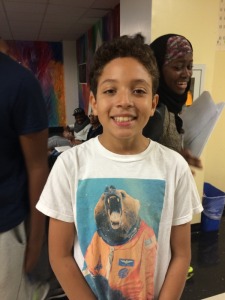
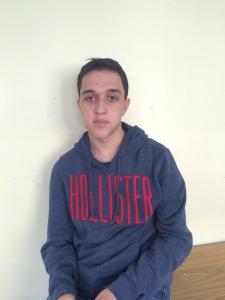
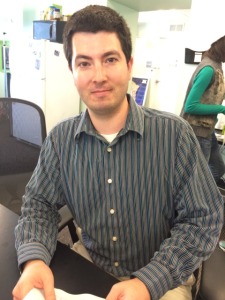
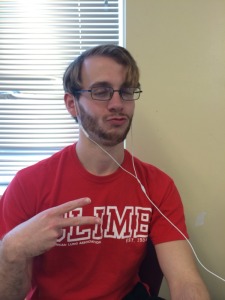

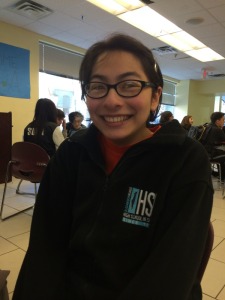
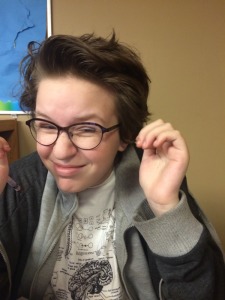
SLAMedia is a publication of the news for the Science Leadership Academy community. Writers come from the student body in 10th, 11th, and 12th grades. We work in unison to create a functioning paper with biweekly postings on a variety of events.
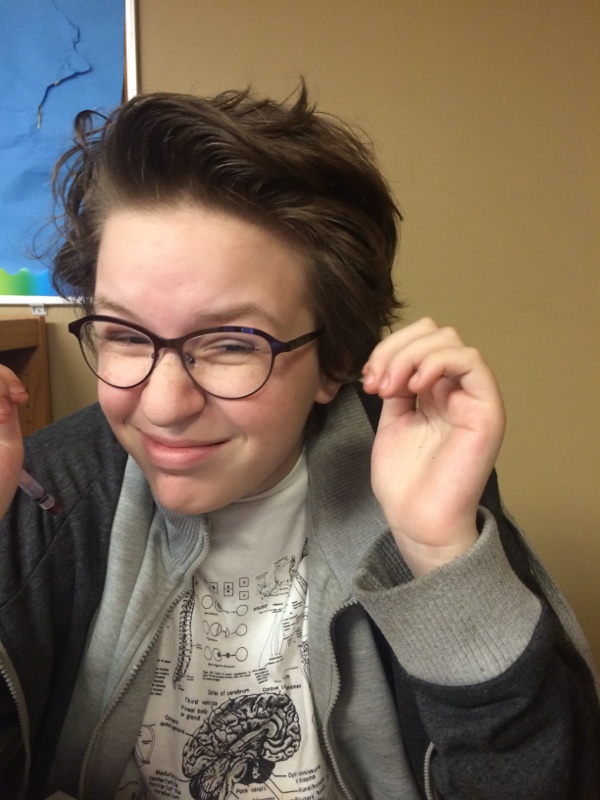
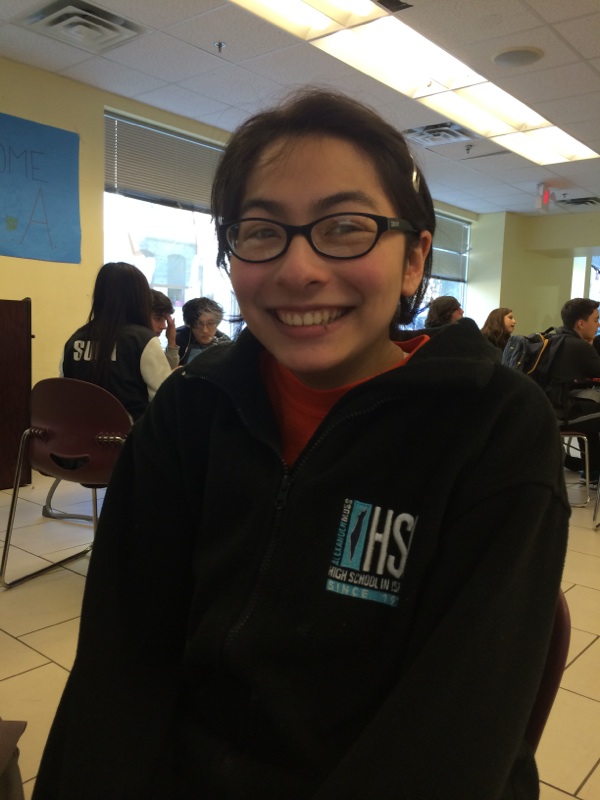
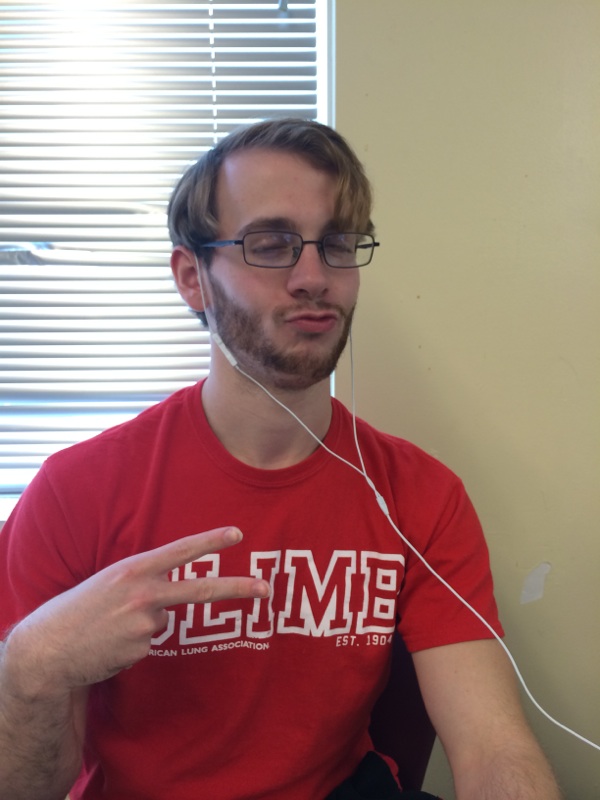
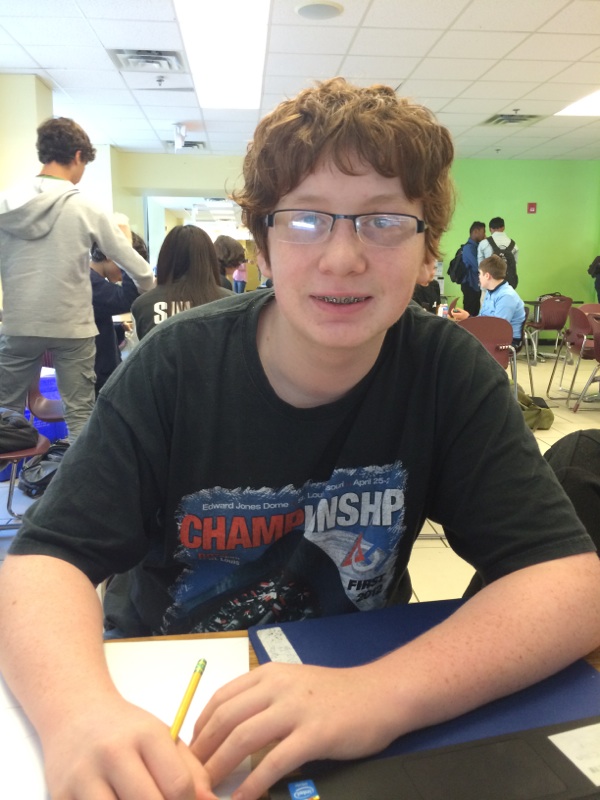
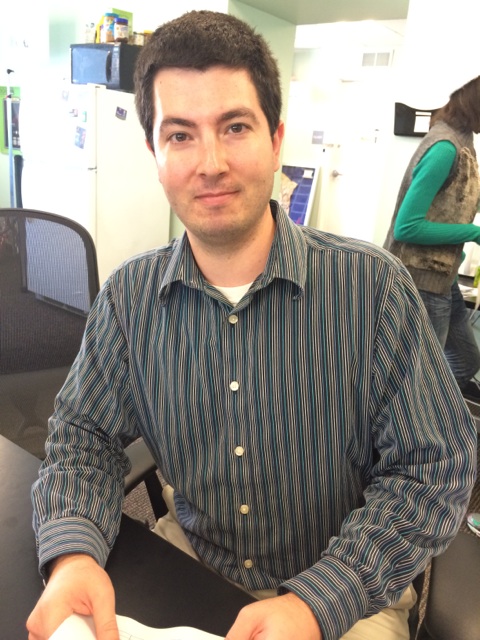
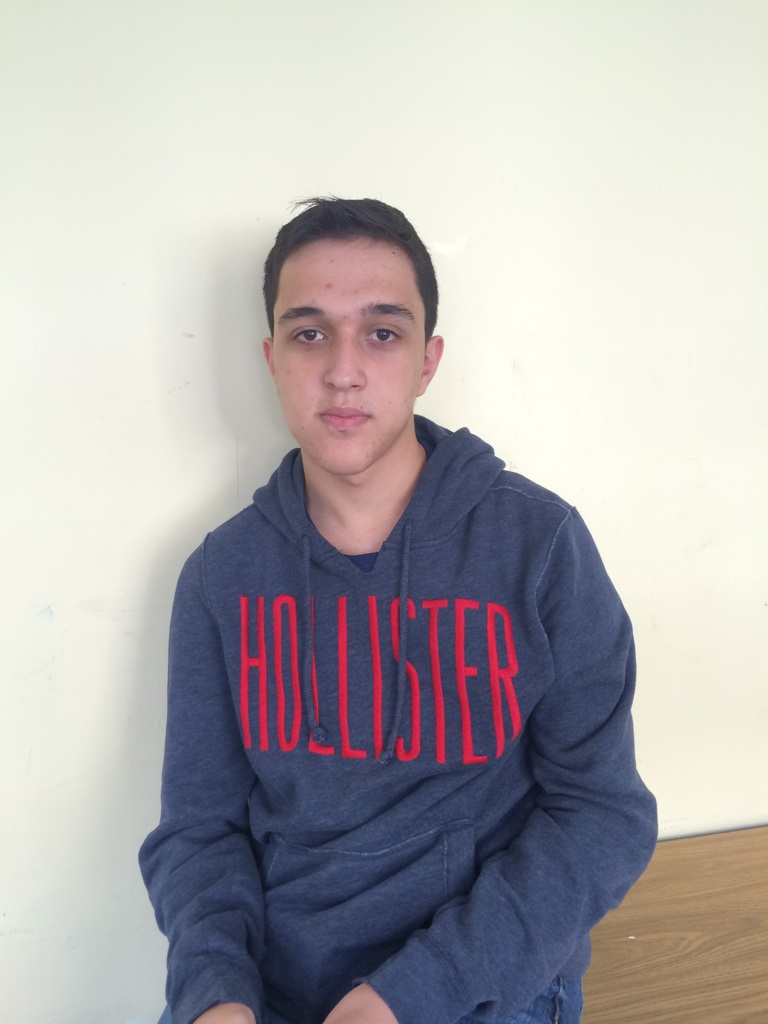
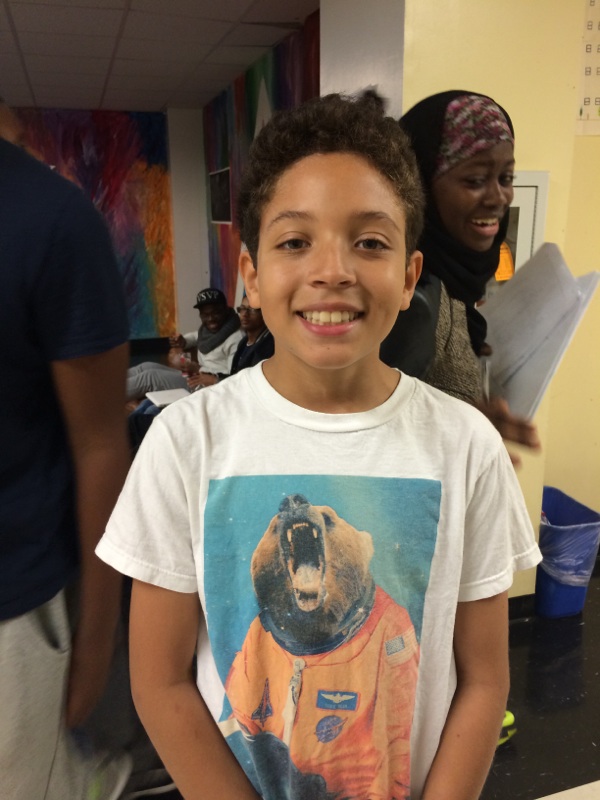
by Leah Kelly
Staff Writer







By: Alhaji Koita
In early 2014 Cvs the pharmaceutical retail store promised to the public that they would end the sale of all tobacco products in their stores. This is promise was met late september when the final smell of tobacco product was sold.
America has over 40 tobacco companies that sell over 350 billion dollars of tobacco alone. In past years, anti-smoking campaigns have had a huge impact in the amount of people who are smoking. Earlier this year, CVS Health launched a campaign relaying their idea of good health. In this campaign, members of the board chose to end all sales of tobacco products in all CVS stores nationwide. They followed up on this promise in early October when their final sale of tobacco was made. This was a bold move for CVS Health knowing that the tobacco industry made them billions of dollars.
Now that tobacco products are becoming harder and harder to obtain, will it will have an impact on teen smoking? SLA Media interviewed 25 students, this question ignited many positions about tobacco sell and its influence on students. After tallying the vote 68% of the students claimed that it will have an affect on students.
During the research process I imagined that there would be a much greater differential between students.But to my surprise ment it was not that astonishing, most of the students that I asked the question continued to answer further, and kept firm on their opinion. The student complied and said, “I don’t understand why they don’t just keep it the way it is. They know people are just gonna want it to more.”- Anonymous.
Student across the country, not only in Science leadership Academy are facing the obvious & benign attempt to ban tobacco. So is this a futile exercise or will students begin to stay away from tobacco.
William Derry
Staff Writer

Image Courtesy of http://www.whyy.org/img/slides/jyw_socialmedia5.jpg
“I don’t like the idea of us moving at all. Our current locations helps SLA thrive and if we leave the chances of us getting another location anywhere near as convenient as 22nd and Arch are next to nothing. Overall I think there is no winning in this scenario.” says junior Rafi Hares.
For anybody unfamiliar with the story of SLA and the potential move, there are a few essential facts. For one, the School District of Philadelphia does not own SLA’s current home at 55 N. 22nd Street. They lease it for about $1.4 million a year. Second, SLA’s location is in a prime real estate area in Center City. SLA is also located at it’s current home because of it’s partnership with The Franklin Institute (TFI) and it being in walking distance for students to get there for programming.
On September 17, of this current school year, a “Future of SLA Meeting” was held at SLA’s current home. School District officials announced their scenarios for the future of the school and the SLA community had a chance to have their voices heard, as well.
“For me it was about listening to parents talk to the district, and get their voices heard.” says Chris Lehmann principal of SLA.
Two serious options that were presented at the meeting were Peirce Elementary, which is located on the 2300 block of W. Cambria St and the central office of the School District of Philadelphia, which is located at 440 N Broad street.
A significant strike against the Pierce site is its lack of access to public transportation. The site is not close to the Broad Street, Market Frankford, or West Philadelphia Trolley Lines. Many students who use services could see their commutes double or triple in time. By contrast, Lehmann notes that 440 is “as easy to get to as our current location.”
“The SLA community would consider 440 as an option, but only if they offer the school better space than they did at the September meeting.” says Lehmann. Lehmann also stated “They were giving us bad space, on the first floor with no natural light.”
The School District of Philadelphia would probably spend twelve to fifteen million dollars to retrofit the central office to accommodate SLA as a school site. As the district does not own SLA’s current site, they will not make capital improvements to that building.
SLA expects to know “soon” if the school is moving, because the move would have to happen in time for the Fall of 2016.
Calamity Rose Jung-Allen
Staff Writer
An alarming number of Americans share a similar assumption: sexual assault is not my problem. Unfortunately, this assumption makes the problem of sexual assault even worse.
“Sexual assault is a threat everywhere,” says Chris Lehmann, principal of Science Leadership Academy. “And when you make an assumption that any space is exempt from that, you create the conditions by which it can happen.”
Colombia University student Emma Sulkowicz is currently holding an ongoing protest, called “Carry That Weight,” in which she carries the mattress she was sexually assaulted on until her rapist is expelled. Her project has drawn attention to the issue of assault in education environments, and even made the cover of the New York Times.
But what do SLA students know about the realities of sexual assault?
To get a better picture of what we’re looking at in terms of awareness, I conducted several interviews. I asked, who can a rapist be?
The response was overwhelming: anyone.
Counselor Zoe Siswick explained: “Some generalizations are that rapists are male, but anyone can be raped by anyone else.”
“There is no stereotype about who can do this,” says Lehmann.
Ben Simon elaborated further. “Anyone could do it! … Sometimes it happens because of people you don’t expect, people you think are good people.”
There are two main misconceptions about rape. One was mentioned by Siswick. Many people believe that only men can sexually assault women, but all genders are at risk (40% of rape is suffered by men!), and all genders should be aware of what they can do to protect themselves and each other.
The other speculation is that only sexual assault from a stranger is considered rape. This is completely untrue. If an encounter continues after one participant says they do not want to continue, it is rape. “It doesn’t matter how close they are to you,” says Veronica Nocella, an SLA junior. “That doesn’t mean you can’t trust anyone but it does mean that anyone has the potential to be.”
So, is rape a threat at SLA?
“I don’t think so because the student environment of SLA does not condone rape culture at all,” says Nocella.
“It’s not something that kids at SLA engage in, as far as I know. It only takes one kid to do that, though,” explains Benjamin Simon, a sophomore. “My point is that it’s not likely, but you can never rule it out.”
Our faculty gives us a realistic outlook: “I think that sexual assault is dangerous and is a concern for anyone period, but for teenagers especially,” says Siswick. “And often times when teenagers are in situations where there are drugs or alcohol involved, it can increase the risks considerably.”
Sexual violence is a concern for everyone, and though we think of SLA as a loving, supportive and safe environment, rape can happen anywhere. It’s important to recognize this as a student body.
To further investigation the level of awareness that SLA students have of this problem, I ran a survey.
The question was: “Out of American students, what percentage do you think are sexually assaulted on campus?” The majority of answers came from SLA sophomores. The real statistic is 20%, but the answers average to about 40%.
This shows a good level of awareness within a small portion of our students. But it’s important to realize that this does not represent our school as a whole, and especially does not represent American schools as a whole. Rape is a prominent issue everywhere, and when it is believed to be obsolete, a risky expectation is made for our students.
This is an exemplary opportunity to discuss the effect of rape jokes. Though the attitude of SLA does not condone rape culture in a large way, there can be slip ups. For instance, saying the word “rape” can be triggering, especially if it is done in a joking manner. Also, when rape is accepted as a punch line in any way, it becomes less unacceptable in real life.
Lehmann summed it up best: “Students [need to] understand how words can carry profound importance … The notion that jokes aren’t always jokes. The notion that, when creating a climate of safety, it’s required that people see the power that jokes that perhaps once upon a time were far more accepted can have on others.”
It is extremely important that the public recognizes its role in rape culture, and is not only curious about the subject, but informed about how they can help the epidemic decline. It is rare that college-aged rapists are punished appropriately. This creates an unsafe society for everyone, and it is our right, if not responsibility, to put an end to it.
So, what can you do? How can we as a school community reach out and support victims of sexual violence in our circle?
First, if you are a victim, please contact a trusted adult. This can mean your parent(s), another family member, Ms. Martin, Ms. Siswick, Mr. Lehmann, or anyone else that can help. Remember that asking for help is very brave.
Secondly, if you are friends or even acquaintances with a victim, “Make them feel loved. Let them know they know they can talk to us, let them know that we’re there for them. They have a scapegoat if they need someone to cry to, talk to, help with, etc,” says Simon. Comfort them, and encourage them to contact a trusted adult.
Thirdly, educate. “Take any opportunity we can to make people acknowledge this is a problem,” Nocella tells us. “And when I say that, I mean actual education, clear directions, workshops on gender equality, that’s what‘s going to help.”
You (yes, you!) are responsible to hold the people around you to a high standard. It is your, nay our job to reach out, to raise awareness, to inform, and most of all to know: it is your problem.
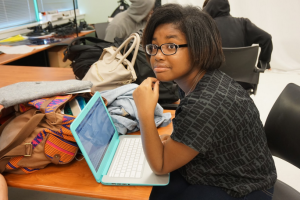
Chiara Nemati
Staff Writer
“Dealing with depression was my first high school experience.”
These are the words of sophomore Teylor Ellerbe. Time has not been all that kind to her since she first started at the school in the fall of 2013.
Ellerbe had many new experiences when entering high school after attending Young Scholars Charter School. She found new friends, new atmospheres, and romantic encounters.
Unfortunately, Teylor began dealing with depression soon after, and felt that she had no one to turn to.
“Last year Teylor was really nice, she shared and was involved in people’s conversations.” says Ellerbe’s friend Myi Harte.
But four or five months into freshman year, she smiled less and kept everything bottled up and hidden away from prying eyes. She treated people differently than before, she constantly had her guard up. Teylor acknowledged that she had a problem but did not handle the situation well.
“I closed myself off, I think that writing out the way I felt helped me because I could understand what I was going through without having to tell anyone.”
Teylor’s experience is not unique. Many teenagers worldwide deal with depression and feel as though they cannot talk to anyone about their experiences. Unfortunately many of these children turn to suicide or drugs as a way to free themselves from the dark abyss of depression. According to the Parents Guide to Teen Depression (hyperlink), only one in every five teenagers receive help for their depression.
As the emotional counselor at SLA, Zoe Siswick is no stranger to this problem. “Yeah I think a lot of people come to me dealing with symptoms that mimic depression. Sometimes it’s difficult to determine if it is diagnosed depression or just having emotional challenges.”
She sees many students that transition into high school and change the way they act. “So many changes and transitions makes some people more prone to exhibiting those things.”
Many people who suffer from emotional distress and depression find a group or thing to become attached to. They pour themselves into the event or group. This allows them to become happy and focus on a greater goal.
Ms. Siswick confirmed this practice. “Finding what works for you like running, writing, music releases endorphins that will make them happy.”
For Ellerbe, the solution was poetry. This was her outlet and place to understand her feelings. Through poetry she could express her feelings without having to say them aloud. She did not seek out Siswicks help or guidance but was still able to get through her depression.
Teylor’s passion, poetry allowed her to create long lasting friends that have stuck by her through tough times. Poetry club has allowed her to grow, they understand her and her struggles, especially when it came to getting over a romantic interest.
“I kept falling for the same thing over and over again but it was the same thing he did not change and finally sophomore year I realized I deserved better.”
Teylor states that she is closer with her friends than the people living in her home. She has learned that because her friends are able to understand and help her better than her family can.
“Poetry club is my family, like I really love them,” she said.
Poetry club is just one of many communities that provide support for students who may be struggling with mental health issues at SLA. Many clubs at SLA provide a safe haven and an environment that allows students to feel safe and accepted.
“SLA is filled with so many levels of family, like advisory, your stream, and softball just created another family underneath the big umbrella of the SLA family.” says sophomore Ari Haven, who played on the softball team last year.
Softball helped Ari find new friends from different streams as well as grades within the SLA community, She was also able to help others who were also apart of the team.
“Since I did not play that much my key role was a cheerleader. I made signs and encouraged them, it made them smile. And when I was able to play they all cheered me on just like I’d cheered them on. They were always very supportive.”
SLA allows people to create new bonds and find help whenever they feel they are in need of it. Clubs are just one way of finding your passion and a safe environment that allows you to be yourself. Teylor is one example of how SLA and the many communities within it, allows students to overcome an obstacle in their lives.